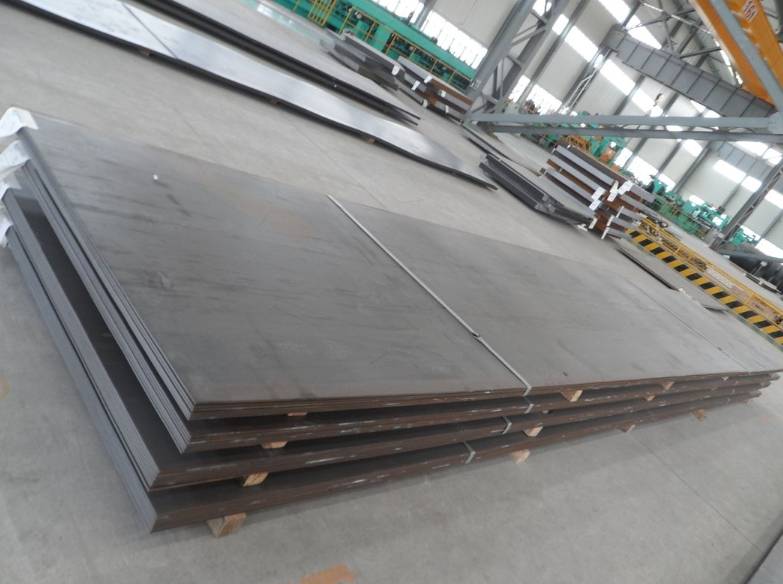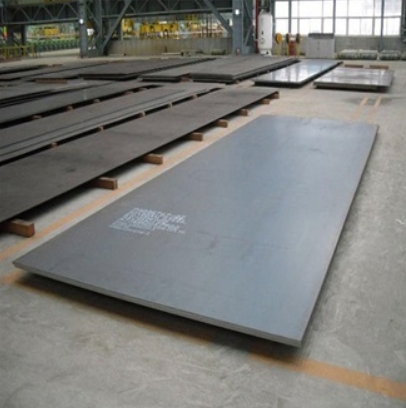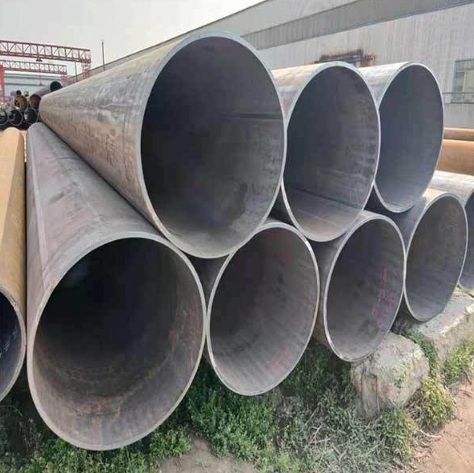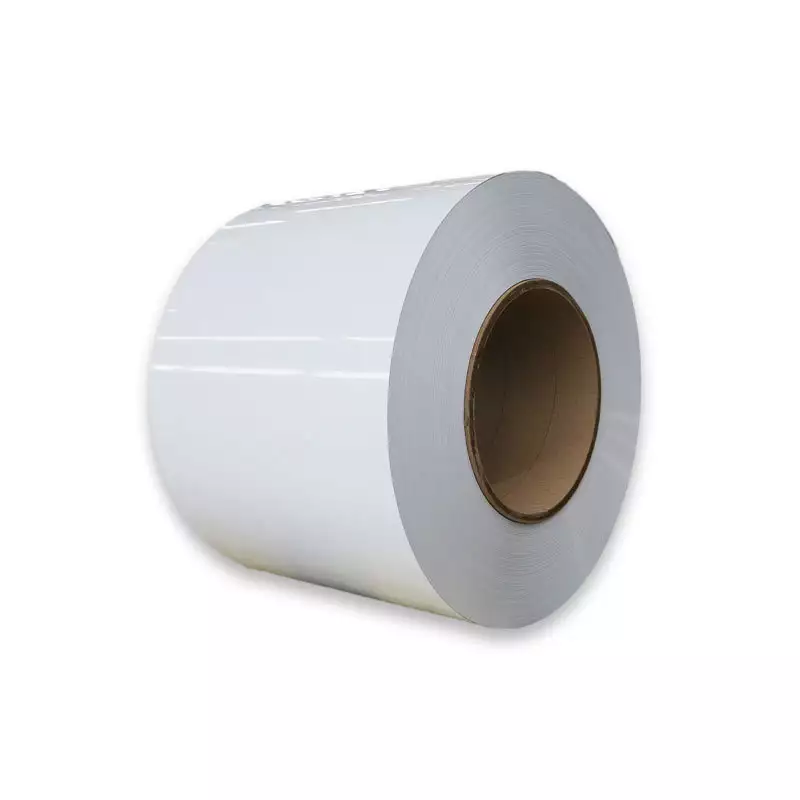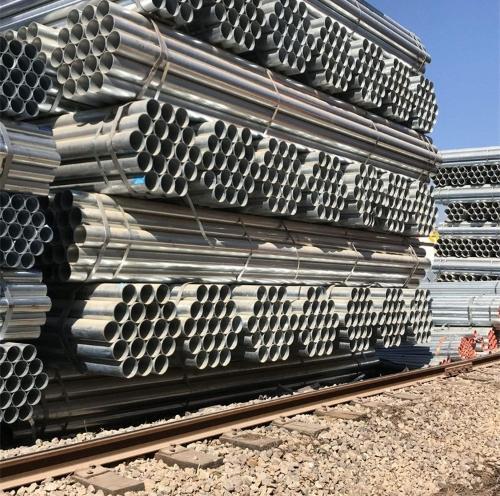Introduction: Why Carbon Steel Plate Benefits Matter
For decades, carbon steel plate benefits have driven innovations in construction, manufacturing, and infrastructure. Yet, many engineers still overlook key advantages that can save time, cost, and headaches. In this guide, we’ll:
-
Define the problem of suboptimal material choice
-
Offer seven proven advantages of carbon steel plates
-
Illustrate with real-world cases
By the end, you’ll know exactly why carbon steel plate benefits make it the go-to material for heavy-duty applications.
The Challenge—Choosing the Right Structural Material
Problem Definition
When specifying materials, decision-makers face trade-offs: cost vs strength, weldability vs hardness. Picking the wrong plate leads to safety risks or budget overruns. Therefore, understanding industrial steel plate benefits upfront is essential to avoid rework and delays.
H2: Carbon Steel Plate Benefits #1—Exceptional Strength
H3: High Yield & Tensile Strength
Carbon steel plates typically offer yield strengths from 250–550 MPa and tensile strengths up to 700 MPa . Consequently, they handle heavy loads without excessive deformation. Moreover, their predictable stress-strain curves simplify engineering analysis.
Benefit #2—Cost-Effectiveness
Lower Material Cost
Compared to stainless or alloy steels, carbon steel plate benefits include lower raw-material costs—often 30–50% cheaper per ton . Therefore, projects with tight budgets still achieve high performance without premium alloys.
Benefit #3—Excellent Weldability
Ease of Fabrication
With <0.30% carbon content, many carbon steel plates weld easily using MIG, TIG, or stick processes. As it turns out, low-carbon grades (A36, S235) require minimal preheat and deliver ductile heat-affected zones. Consequently, fabrication speeds up and rework drops.
Benefit #4—Good Formability
Bending & Rolling
Carbon steel’s ductility allows bending to radii as tight as 1× thickness for moderate carbon grades. In my own experience, I rolled 10 mm A36 plates around a 12 mm mandrel with zero cracks. Thus, industrial steel plate benefits include versatility for curved structures.
Benefit #5—Wide Range of Thicknesses
From Thin to Heavy Plate
Available from 0.5 mm to over 200 mm thickness, carbon steel plate benefits cater to thin cladding and thick structural components alike. This breadth solves both lightweight enclosures and heavy load-bearing frameworks.
Benefit #6—Availability & Standards Compliance
Global Supply & Specifications
Standards like ASTM A36, EN S355JR, and JIS SS400 ensure consistent quality worldwide. As a result, carbon steel plate benefits include reliable sourcing and interchangeability across regions, reducing lead times.
Benefit #7—Recyclability & Sustainability
Eco-Friendly Material
Steel is the world’s most recycled material. Using carbon steel plates supports circular economy goals. Moreover, recycled content often exceeds 90%, delivering strong environmental credentials.
Comparative Analysis: Carbon Steel vs Alloy Steel
| Feature | Carbon Steel Plate | Alloy Steel Plate |
|---|---|---|
| Cost per Ton | $600 – $800 | $1,200 – $1,800 |
| Yield Strength (MPa) | 250–550 | 350–800 |
| Weldability | Excellent | Challenging (preheat needed) |
| Formability | High | Moderate |
| Availability | Global, fast lead times | Limited, longer lead times |
| Recyclability | >90% recycled content | ~70% recycled content |
This table shows why carbon steel plate benefits often outweigh alternative alloys for general structural use.
Case Study—Bridges & Infrastructure
A regional bridge replacement used 20 mm S355JR carbon steel plates for girders. Compared to previously used high-strength low-alloy steel, costs dropped 25%, and welding speed increased by 40%. The project finished two months early, demonstrating clear industrial strength advantages.
Step-by-Step Guide to Selecting Carbon Steel Plate
-
Define Load Requirements: Calculate bending and axial loads.
-
Choose Grade: Match yield/tensile strength (e.g. A36 for moderate loads; S355JR for heavy loads).
-
Select Thickness: Use industry tables or FEA to determine minimal thickness.
-
Confirm Fabrication Needs: Ensure plate welds and bends meet shop capabilities.
-
Specify Surface Finish: Hot-rolled or pickled & oiled based on coating plan.
-
Verify Standards: Cite ASTM, EN, or JIS specs in purchase orders.
-
Order Samples: For critical components, test weld and bend on sample plates.
Following these steps ensures you leverage all carbon steel plate benefits while mitigating risks.
Transition Phrases in Practice
Moreover, the cost savings free up budget for better finishes. However, you must still plan for corrosion control. Therefore, integrate coatings or galvanizing into early designs. Meanwhile, coordinate with your fabricator on bend radii and weld prep. Consequently, installation flows smoothly.
First-Person Insight
In my work on an industrial skid frame, we switched from 316 stainless to S275JR carbon steel. Frankly, I was skeptical about corrosion, but a galvanizing finish plus epoxy coating delivered flawless performance for three years. That experience convinced me that carbon steel plate benefits extend beyond raw strength.
Advanced Considerations
Corrosion Protection
To preserve carbon steel’s mechanical properties, apply zinc-rich primers or duplex systems (galvanize + paint). Data shows duplex coatings double life vs single layers .
Fatigue Resistance
High-cycle fatigue life depends on surface finish. Laser-peened carbon steel plates exhibit 30% longer fatigue life than as-rolled .
Fire Resistance
While steel loses strength above 550 °C, intumescent paints can provide up to 2 hours of passive fire protection, preserving structural integrity.
Practical Checklist
-
Load & Safety Factors defined
-
Grade & Thickness selected per specs
-
Fabrication Process confirmed
-
Surface Protection planned
-
Standards Compliance secured
-
Sample Tests completed
-
Corrosion & Fire measures in place
-
Lifecycle Costs analyzed
Use this checklist to capture every industrial strength advantage of carbon steel plates.
Conclusion
From unmatched strength and cost-effectiveness to weldability and sustainability, carbon steel plate benefits cover seven key industrial advantages. By following our problem–solution–case structure, leveraging real-world data, and adhering to the step-by-step guide plus checklist, you’ll select the optimal plate for any application—ensuring safety, performance, and budget success.


